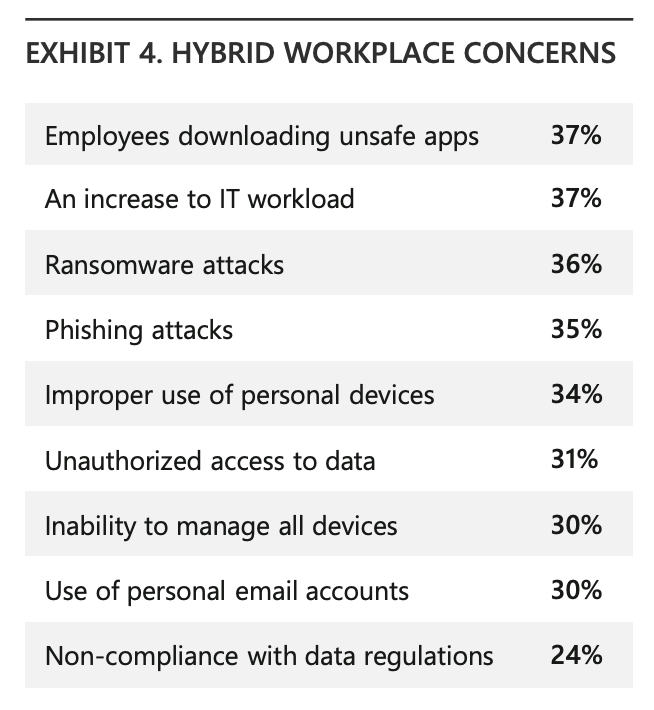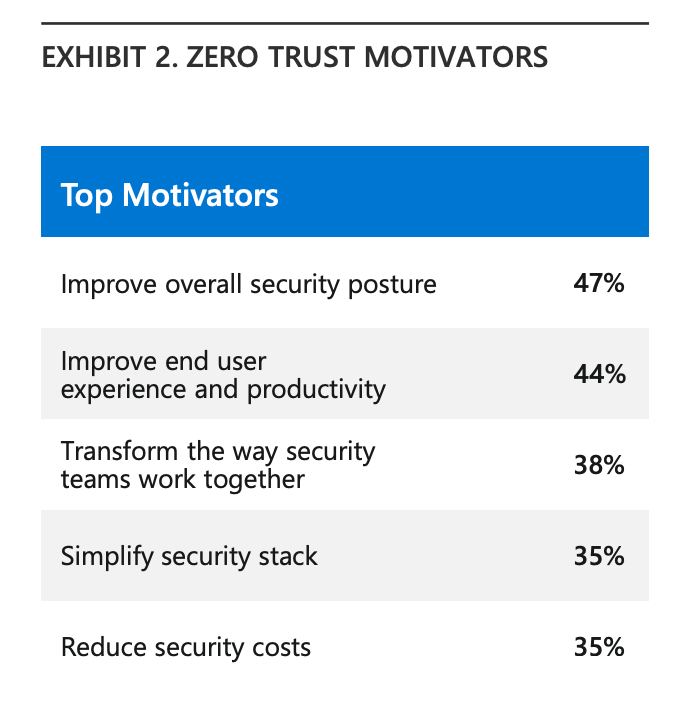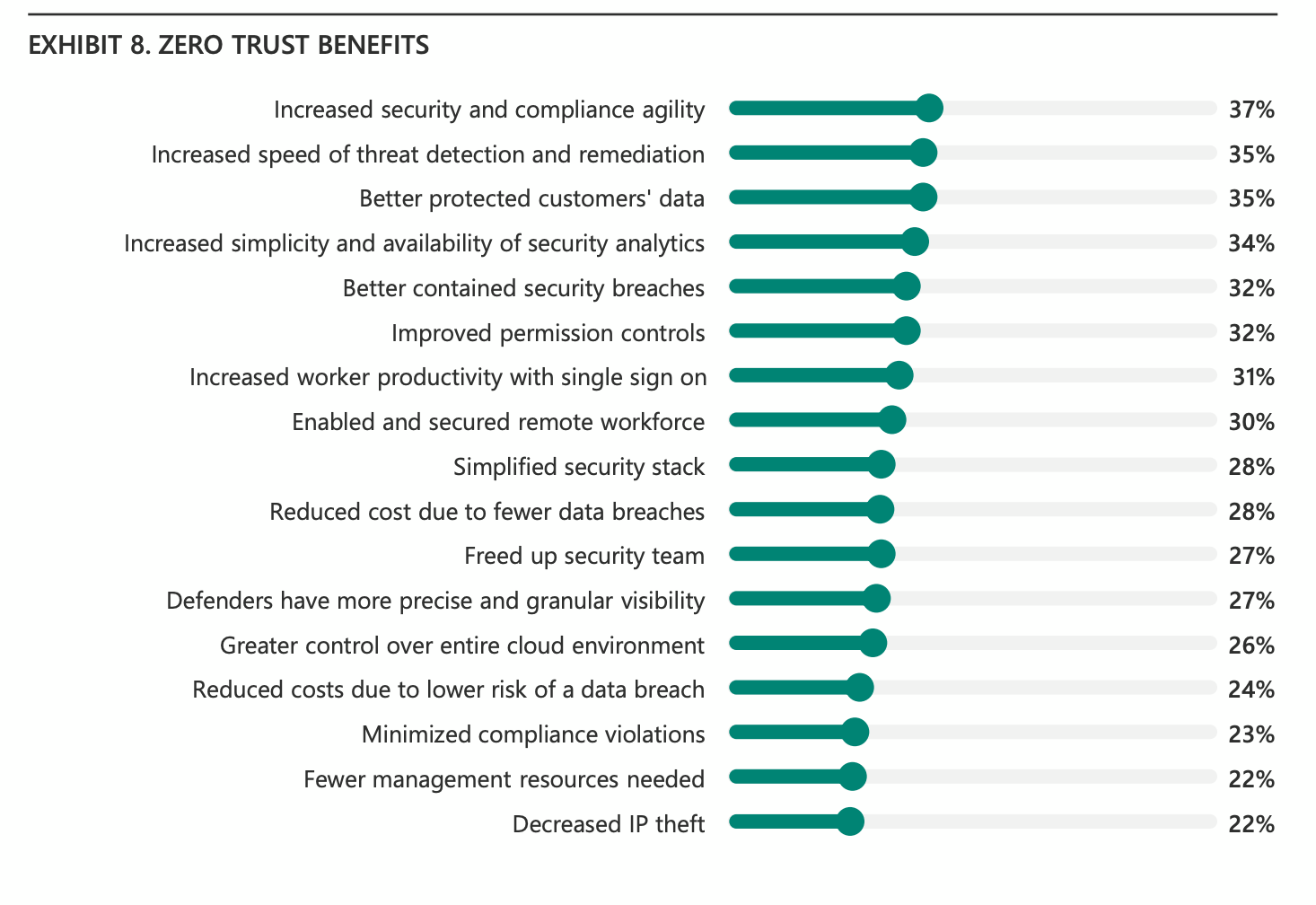Establishing a Zero Trust Strategy is Critical to 96% of Security Decision Makers
In a recent report released by Microsoft Security, Security decision-makers (SDMs) say developing a Zero Trust strategy is their #1 security priority, with 96% stating that it’s critical to their organization’s success. The data comes from a survey of SDMs carried out in April 2021. We’ve written previously on establishing a zero-trust architecture and securing the remote workforce. Zero Trust strategies are being adopted at a rapid pace to better protect IT resources from the latest attacks. Zero Trust improves the overall security posture of an organization while also improving end-user experience.
Zero Trust architecture is based on the principles of never trust, always verify. This means a Zero Trust environment will verify explicitly, allow least privileged access, and always assume a breach. Zero Trust is not about making a system trusted — it is about eliminating trust. This stance implemented across endpoints, infrastructure, apps, networks and data improve an organization’s ability to manage threats.
In the Microsoft survey, SDMs also noted the rapid shift to a hybrid workforce as a driving factor of Zero Trust adoption. 81% of enterprise organizations have begun the move toward a hybrid workplace, with 31% already fully adopted. 91% of organizations who haven’t completed the transition anticipate doing so in the next five years. Topping the hybrid workforce concerns were employees downloading unsafe apps, increases to IT workloads, and the increase in ransomware attacks.

31% of security professionals see Zero Trust strategy as an important tool in the imminent shift to a hybrid workplace post-pandemic. 76% of respondents had already started implementing a Zero Trust strategy and 35% claimed to be fully implemented and adoption is accelerating.
Zero Trust strategy is compelling because it provides increased agility, speed of detecting threats, and improved ability to manage Internet of Things (IoT) and Operational Technology (OT) security. Adoption is growing in the US (70% in Aug 2020 to 79% in Apr 2021); the US is also farther ahead on Zero Trust implementation relative to other countries that started adopting later, and organizations in the US claim to be less constrained by budgets.
From the report, 47% of respondents claim improving overall security posture as a top motivator of Zero Trust adoption

Increased security and agility compliance was ranked as the top benefit received once Zero Trust was fully implemented. However, speed of remediation and better protecting customer data were also high on the list. organizations believe their Zero Trust strategy will help them manage most threats and changes to the environment

In a risk landscape as complex as today’s, your adoption of a Zero Trust approach won’t happen overnight, but every great journey starts with the first step. To learn more about how Zero Trust can help secure your organization, contact us.


![CISA Phishing Protection Recommendations [Infographic]](https://veruscorp.com/wp-content/uploads/bfi_thumb/dummy-transparent-ncnph3ey82v3yws1xhe3qrjzci23y2f2zeozbzixdu.png)
